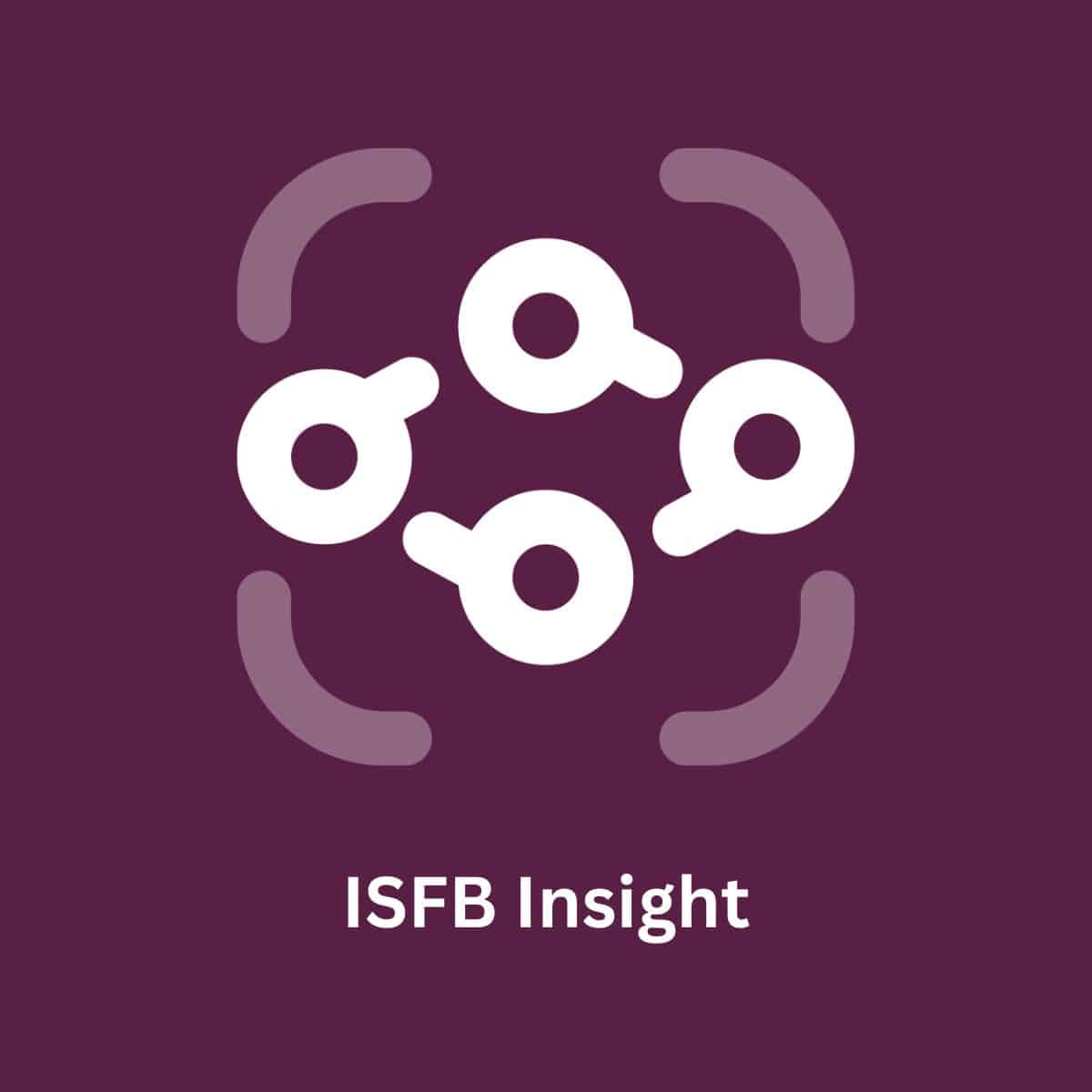Network reach
Linked 3rd pillar buyback: deciphering the situation
The Swiss Federal Council recently took a ground-breaking decision in the field of personal pension provision: to allow the purchase of linked 3rd pillar (Pillar A) pension plans. Albert Gallegos, Program Director of the ISFB Wealth Planning Certificate and Head of Wealth Solutions Department at BCGE, explains the implications of this measure.
Already a well-established part of the Swiss pension culture, this scheme represents a further step towards greater flexibility for savers, while at the same time strengthening the tax incentives associated with retirement savings. However, this reform raises strategic questions for investors: is it an unavoidable opportunity or a complementary solution to be favored under certain conditions?
The 3rd Pillar A framework and new features
The A-linked 3rd pillar is a voluntary retirement savings solution that combines tax benefits and flexibility. Unlike the 2nd pillar (occupational pension provision), it is not compulsory, but allows you to supplement your retirement benefits and optimize your tax burden. Currently, Pillar A contributions are capped each year (CHF 7,258 for salaried employees in 2025).
The new measure introduced by the Federal Council now authorizes purchases in Pillar A, enabling savers who have not contributed their maximum in certain years to compensate for these shortfalls. This measure, modelled on the 2nd pillar buy-back system, offers new scope for building up retirement capital.
Enhanced tax optimization
Pillar A purchases enable additional deductions on tax returns. These amounts reduce taxable income, offering significant savings, particularly in cantons with a high tax burden.
A purchase can be made up to the maximum amount of the so-called "small contribution", even for policyholders without a 2nd pillar. The applicable amount is that defined for the year in which the purchase is made. Generally adjusted every two years, it amounts to CHF 7,258 for 2025 and 2026.
Greater flexibility for savers
To make a purchase under the 3rd pillar, you must be (or have been) entitled to make Pillar 3a contributions in both the year of purchase and the year for which you wish to make up the shortfall. In other words, they must have received income subject to AHV contributions in both years. In addition, in the year in which you wish to make the purchase, you must contribute the maximum amount (CHF 7258 in 2026) to Pillar 3a.
Purchases can be made retroactively for up to ten years. However, only contribution gaps arising after the project comes into force (on 1.1.2025) can be filled. The first buy-ins can therefore be made in the 2026 tax year, to make up for contribution shortfalls in 2025. Unlike a fixed contribution, a buy-back enables proactive management of personal finances. Individuals with fluctuating incomes or those who started saving late can catch up.
In addition, Pillar A funds can be invested, guaranteeing long-term security while offering higher returns than traditional savings accounts.
Despite these advantages, the best strategy is generally to buy into your pension fund (2nd pillar). There are several reasons for this preference:
- Immediate and greater tax benefits: buying into the 2nd pillar is often more advantageous, as there is no annual limit on the amounts that can be purchased. What's more, the resulting retirement benefits are often higher.
- More attractive conversion rate: capital accumulated in the 2nd pillar is converted into life annuities with a guaranteed conversion rate, often higher than returns on products linked to the A pillar.
What strategy should you adopt?
To maximize the benefits, you should give priority to buying into your pension fund, starting by closing any existing gaps in the 2nd pillar. Buying into Pillar A can then be used as a complementary strategy, particularly for individuals who have reached their limit for buying into Pillar 2, or who are looking to diversify their pension sources.
The possibility of buying into the 3rd pillar A is a welcome reform, expanding retirement savings opportunities while reducing the tax burden on taxpayers. However, for investors, it is essential to understand that the 2nd pillar remains the cornerstone of an optimized retirement savings strategy. By carefully combining these instruments, you can secure your retirement and optimize your personal finances at the same time. Before making any decisions, it is advisable to consult a financial advisor to establish a strategy tailored to your situation.
Strategic Business Area 1
Continuing Education
The Institute aims to maximize the collective and individual skills of the banking ecosystem in French-speaking Switzerland. It trains specialists in technical fields as well as in managerial and interactional skills.
The training program offers different types of training in Wealth Management, Asset Management, Retail & Corporate Banking, Support & Back-Office, Legal, Risk & Compliance and Management.


